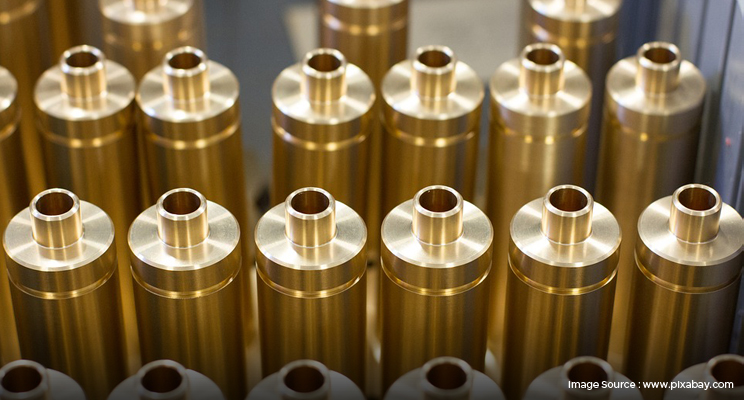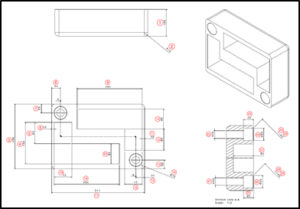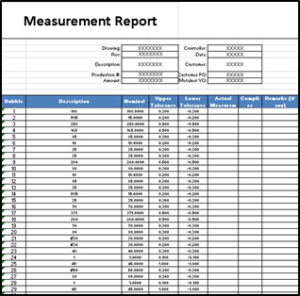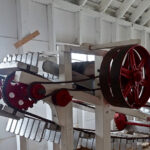
During production, inspections can help you to verify product quality. The evaluation method consists of comparing outcomes from measuring the properties and geometry of an initial sample item against given specifications. Along with other inspection methods, first article inspection (FAI) is one of the key stages to limiting product defects in finished products.
FAI involves a complete review of all part characteristics, it involves manufacturing engineers and quality engineers reviewing the Technical Data Package (TDP – part drawings, specifications). First Article ensures that the production process reliably produces the first part. It is design verification and a formal method of providing a reported measurement for a given manufacturing process.
Both Supplier and Client can perform the First Article. The evaluation method consists of comparing finished product from measuring the properties and geometry of an initial sample item against given specifications,
Any product that contains expensive components or materials which are difficult to rework might also require first article inspection. These products often have strict dimensional tolerances and are made by using processes that are more vulnerable to calibration error than human error.
From quality inspection perspective, a bubble drawing is created and used to locate all designed dimension values such as linear dimensions, Hole dimension, angular dimensions, Chamfer, Radius dimensions, GD&T, Note, Material, surface roughness and Treatment on an engineering drawing. Each dimension value is indicated by a unique numbered bubble (balloon). If there is a similar instance then it consider as a multiple Balloons.

This report restricts the use of a single part in a single application; if a part has many parent applications then each application shall have a First Article Inspection (FAI) Report. Any deviations from drawings shall be highlighted in First Article Inspection report. During the inspection process, the physical and functional characteristics of the product should be verified against drawings, purchase order, specifications, and/or other design documents. The verification must be documented on what is most commonly called a first article inspection report (FAIR).
Each specification dimension is measured on the physical part, compared against the print, First article inspection report might look something like the following:





